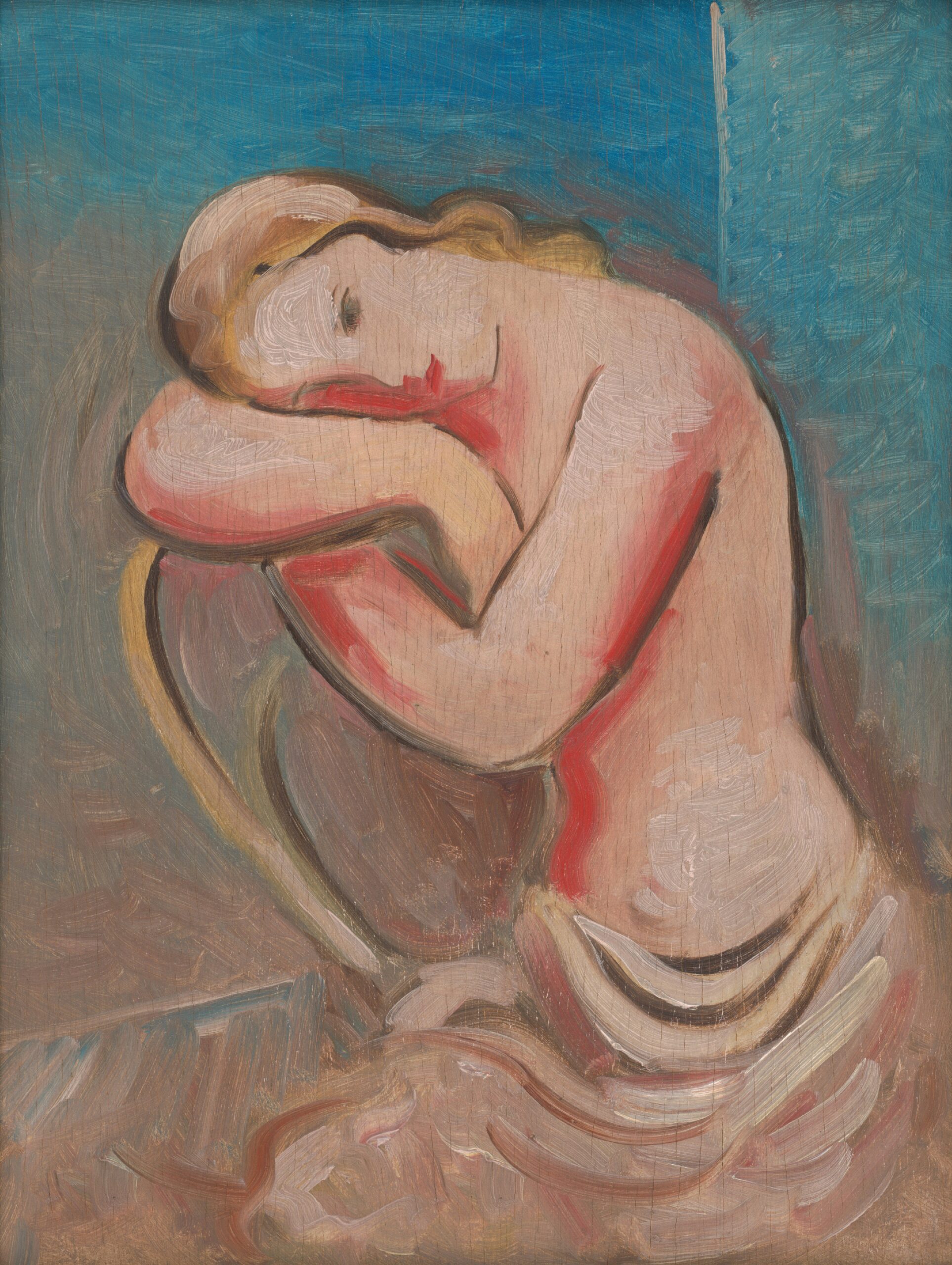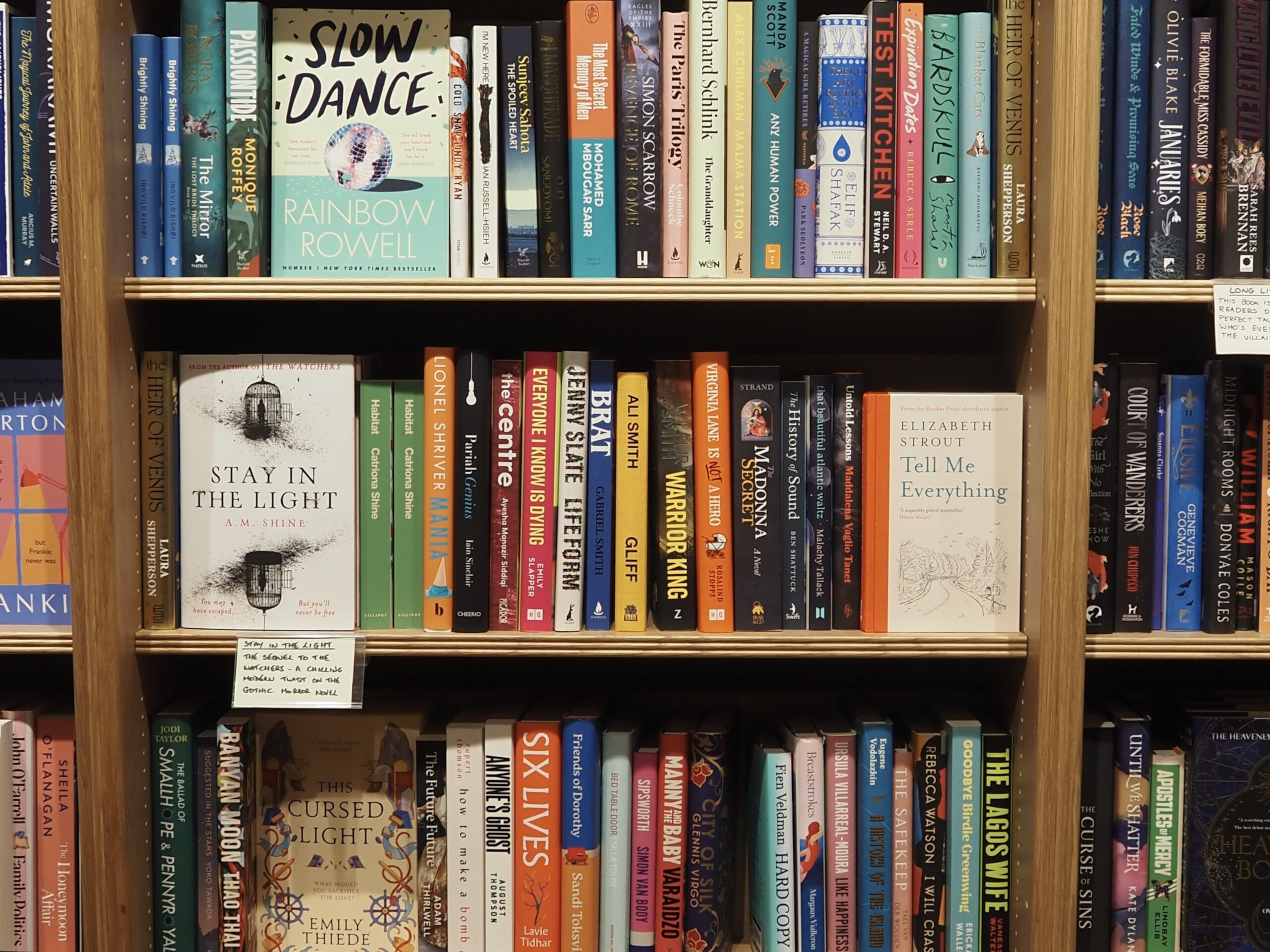
At age sixteen, when I bought my first Joan Didion book, I had to order it online, as my local bookstore had none of her work in store. She was a National Book Award winner and a literary icon, yet somehow she was missing from the shelves. I don’t know whether to blame that certain Montreal bookstore’s curation or a general lack of demand, but when I finished Slouching Towards Bethlehem I did not understand why she was so hard to find.
Now five years later, I walk into the same bookstore and Didion is everywhere. Her books line the shelves, and newly published works about her take center stage. Since her passing in 2021, there has been a surge of books dissecting her life and her legacy. There’s Didion and Babitz by Lili Anolik which explores her relationship with writer Eve Babitz, We Tell Ourselves Stories where Alissa Wilkinson examines her relationship with Hollywood, and The World According to Joan Didion by Evelyn McDonnell, who describes her overall influence.
While these books paint Didion as a complex and remarkably talented figure, there is something unsettling about seeing readers engage with these bestsellers without ever reading her own work. Is this what truly defines a great writer; her legacy, rather than the words she’s left behind?
Or, has Didion’s legacy shifted from her writing to a mere aesthetic? British Vogue published an article on her style choices, celebrities have been photographed carrying her books like accessories, and Julian Wasser’s iconic image of Didion, cigarette in hand, is being sold on tote bags. While it is exciting to see a talented female writer in the spotlight, would Didion herself have enjoyed the way her image has been commodified?
While described as “scotch and cigarette chic”, Didion was more than an aesthetic but a dedicated writer and cultural observer who spent decades scrutinising life in America. In South and West, she traces a road trip through the South, observing small towns, conducting interviews, and examining the intersections of race, class, and heritage.
In The Year of Magical Thinking, Didion offers a very personal account of grappling with grief and illness of loved ones. Her work spans politics, cultural figures, civil unrest, and human relationships, awarding her an array of awards including the 2012 National Humanities Medal awarded by President Barack Obama.
Despite having over 20 books published, it is her life, rather than her work, that dominates popular media. While there is nothing inherently wrong with admiring her effortlessly cool persona, the focus has shifted from celebrating her as a writer to elevating her as an aesthetic, cigarette-holding, Céline-wearing, chic celebrity.
Didion was a master of self-reflection, as shown in her journal entries, and non-fiction work. So why are we rewriting her story for mass consumption, when she has already shared it in her own words? Historically, other literary figures have had their story cut short: for example, Sylvia Plath’s suicide at age 30 left biographers many gaps to fill. There was a necessity to reconstruct her narrative, as Plath was unable to do so herself during her lifetime. But Didion, who lived to age 87, left behind a rich body of essays, and books that tell her story with great clarity, leaving little unsaid. Additionally, in April 2025, one of Didion’s private diaries will be published as a book titled Notes to John. With her own story being told in the most personal form, there is no need to perform the same level of scrutiny.
Instead of engaging with Didion’s writing, we have become fixated on her persona. While Didion was undeniably cool during her lifetime, since her passing, this is what has taken centre stage. By focusing on her image, we are missing out on her cultural observations, intense vulnerability, and insights into American life. The best way to honour Didion’s legacy should not be by aestheticising her, it should be by reading her.






